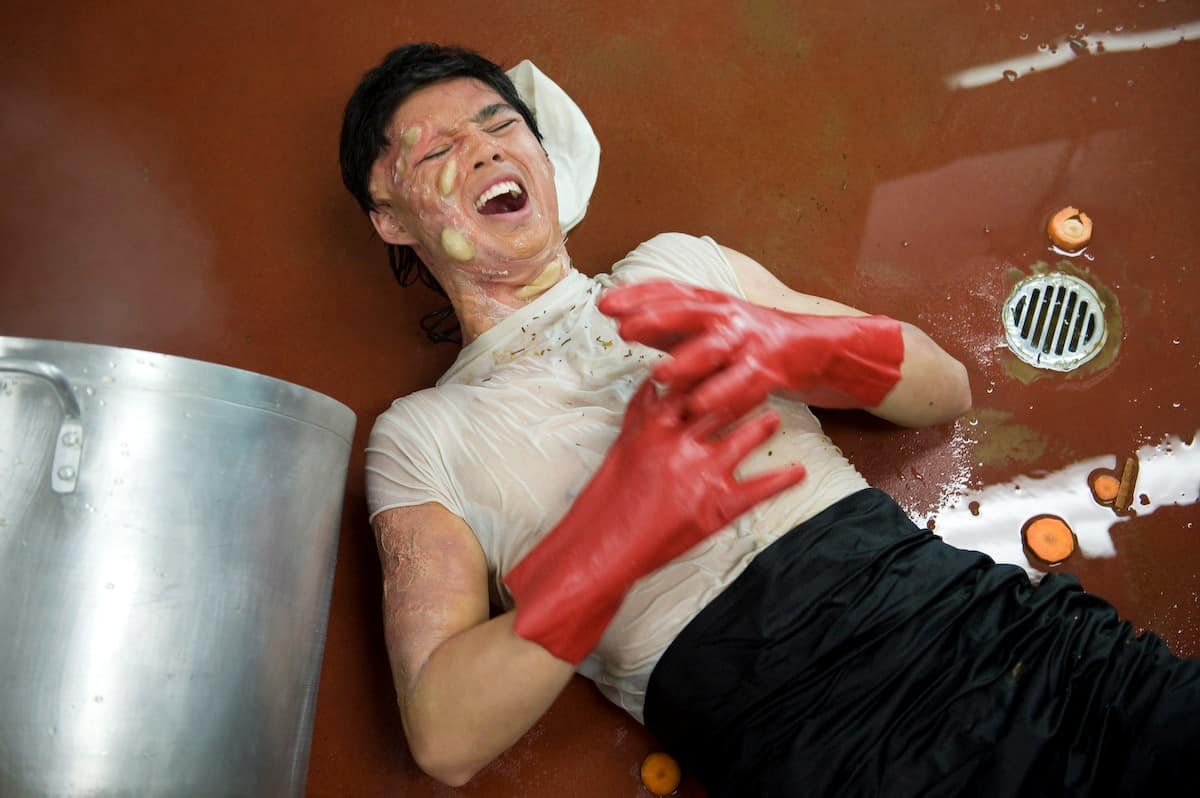Two articles in two days concerning OHS advertising may seem a little much but in 2008 Australia’s Advertising Standards Board (ASB) received complaints about one of the graphic ads used by WorkSafe Victoria at that time. WorkSafe had identified a need to shock teenagers about workplace risks but some television viewers found them disturbing.

A couple of the complaints reflect some of the comments posted by readers to the SafetyAtWorkBlog.
“These ads may be appropriate for industrial oh&s training programs, but not for the general community, for whom they serve no purpose other than to shock and horrify.”
“I was injured at work were I lost my entire eye ball, I think work place safety is very important, to spread the word is vital, however the scene of burnt flesh is going to upset and remind people who were injured at work the horror they suffered, I know I can’t watch it, and I wasn’t burnt.”
The ASB Case Report includes details of focus group surveys undertaken by WorkSafe Victoria in developing the advertisements. These details illustrate some of the marketing thinking of WorkSafe.
“Workplace injury (and obviously death) is a social issue that affects more than the individual worker. Families, friends and work colleagues are placed under enormous stress; not to mention the wider impact on our health and compensation systems. Every year WorkSafe provides over one billion dollars in benefits and financial support aimed at rehabilitating injured workers and helping their families.
In tackling the issue of workplace safety, WorkSafe has segmented its approach, looking at aspects like age, industry type, workplace culture, and type of hazard (such as manual handling). Large investments have been made in research –particularly to understand the attitudes and behaviours of workers, employers and the Victorian community at large, to best enable us to influence behaviour change.”
WorkSafe says that the advertising campaign should not be viewed in isolation from other enforcement and educational tasks.
“The advertising campaign was established to support a wider organisational effort that includes targeted workplace inspections by our safety officers, the development of instructional guidance for employers and workers, educational seminars and a program to have occupational health and safety included in educational policy and curriculum over the next 3 to 5 years.”
Market research reports from Sweeney Research, quoted in the Case Report, says:
“There were no “bad” ads in the concepts tested. There were, however, concepts that hit certain points more strongly than other concepts. Realism is the key allowing the young workers to watch the ad and say “shit, that could be me.” Even if the scenario of the particular ad doesn’t match their own workplace, the mindset of the young worker in the ad should resonate.”
The entire Case Report is well worth reading for the insights it provides to WorkSafe Victoria’s attitude to marketing, particularly to young (potential) workers. One noticeable statement in the Case Report was that
“All of WorkSafe’s campaigns are tracked through a quantitative survey of workers and employers, reported quarterly.”
It would be fascinating to see the quantitative survey of both WorkSafe Game Show ads and its Candid Camera experiment.

All strength to the Case Report “arm”. I do a bitta teaching/training of early 20 year olds. If I didn’t provide some graphic, no bull-shit examples I would have little or no chance of those “kids” engaging with the learning outcomes.